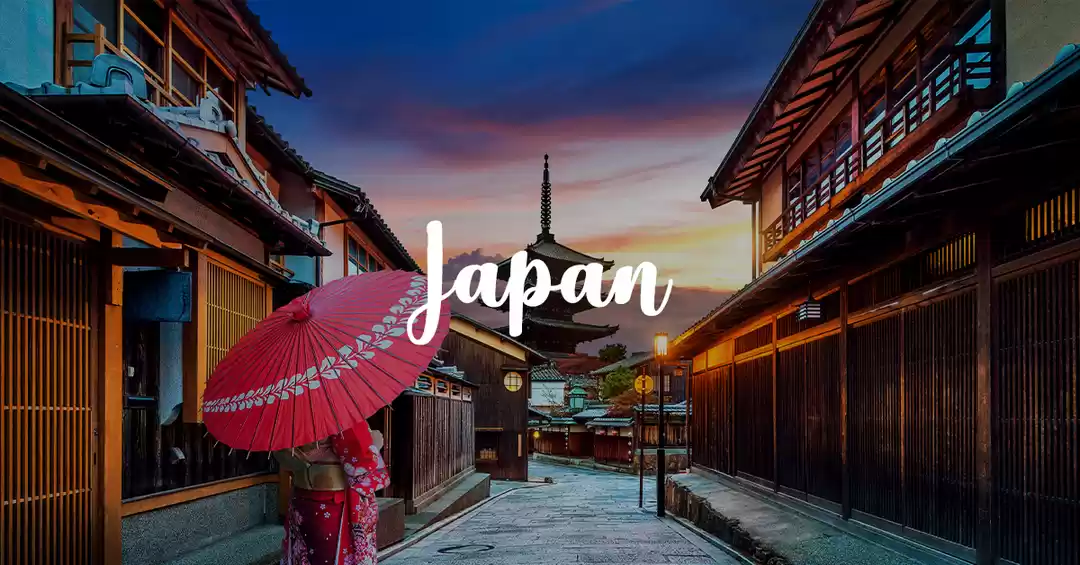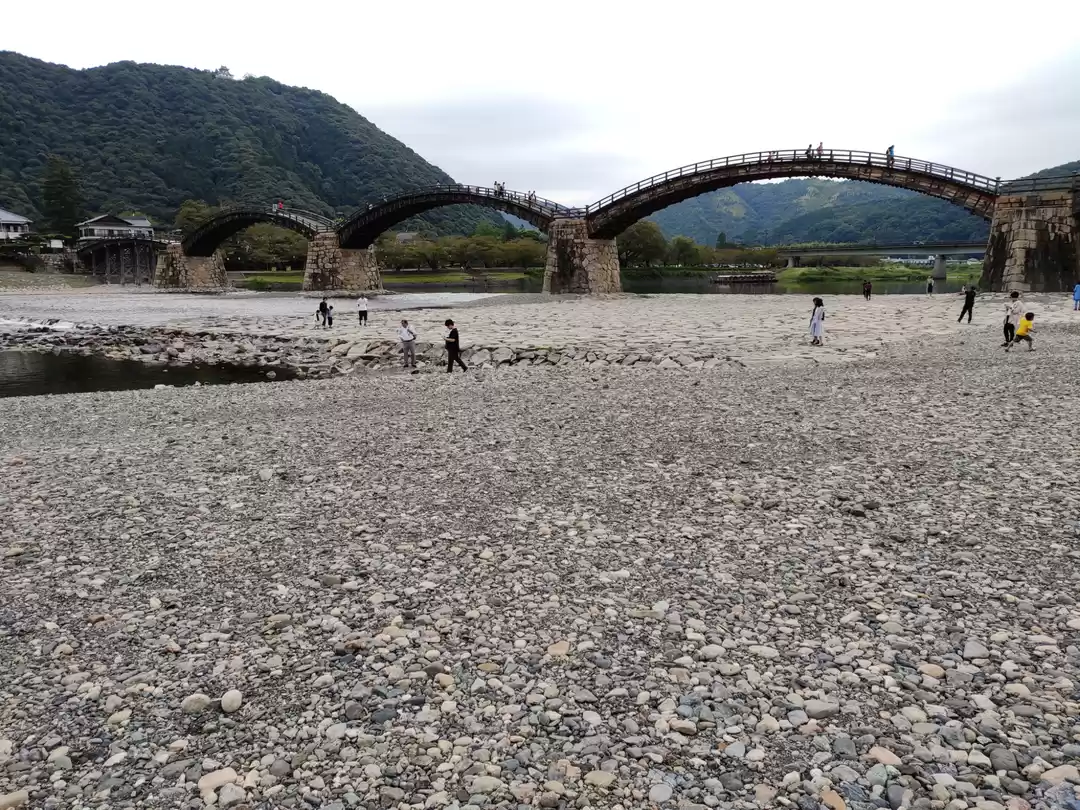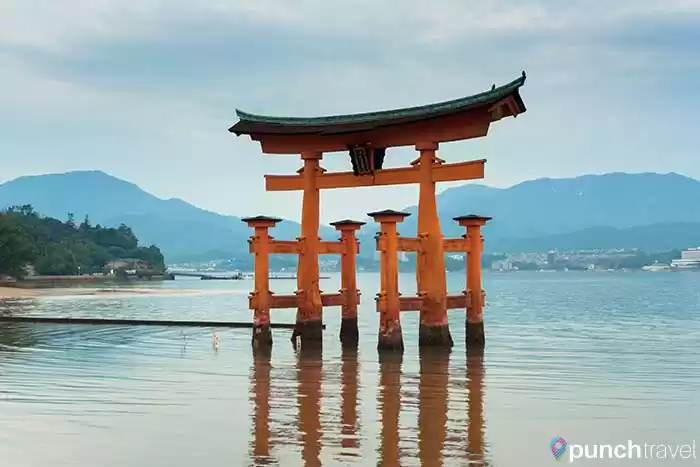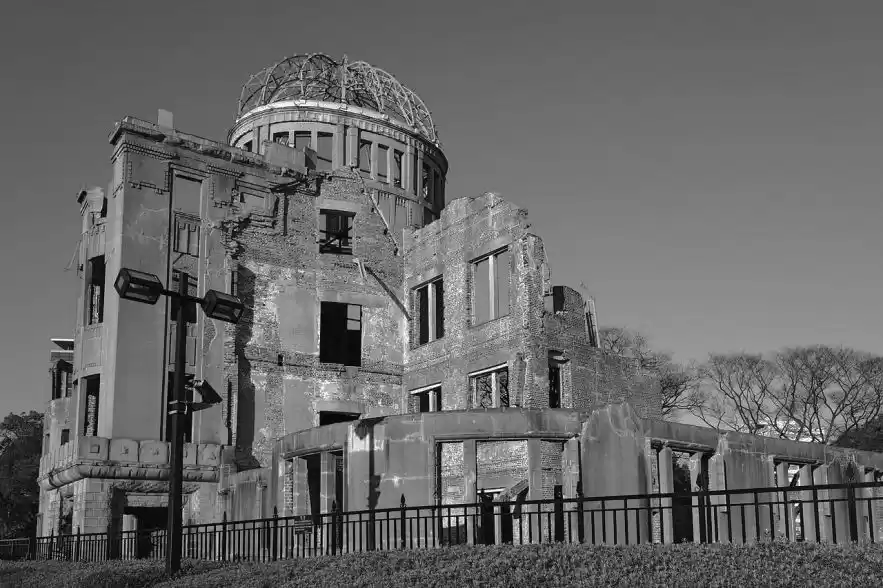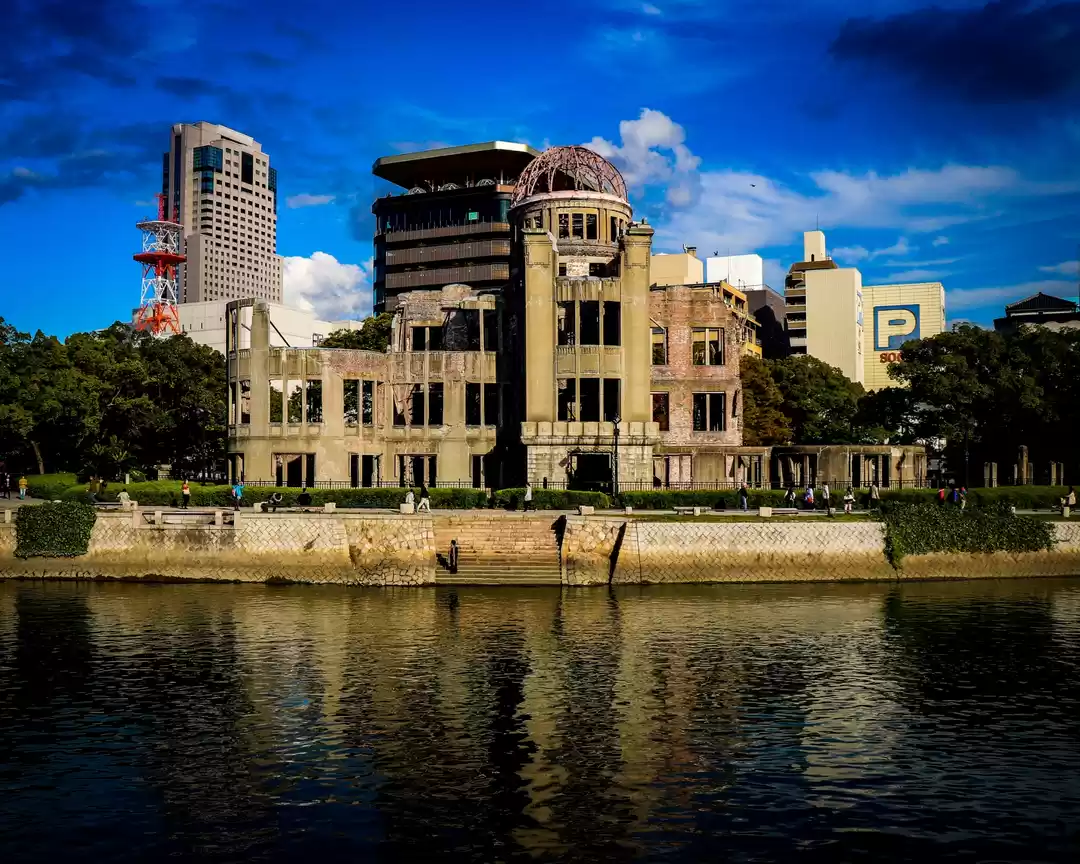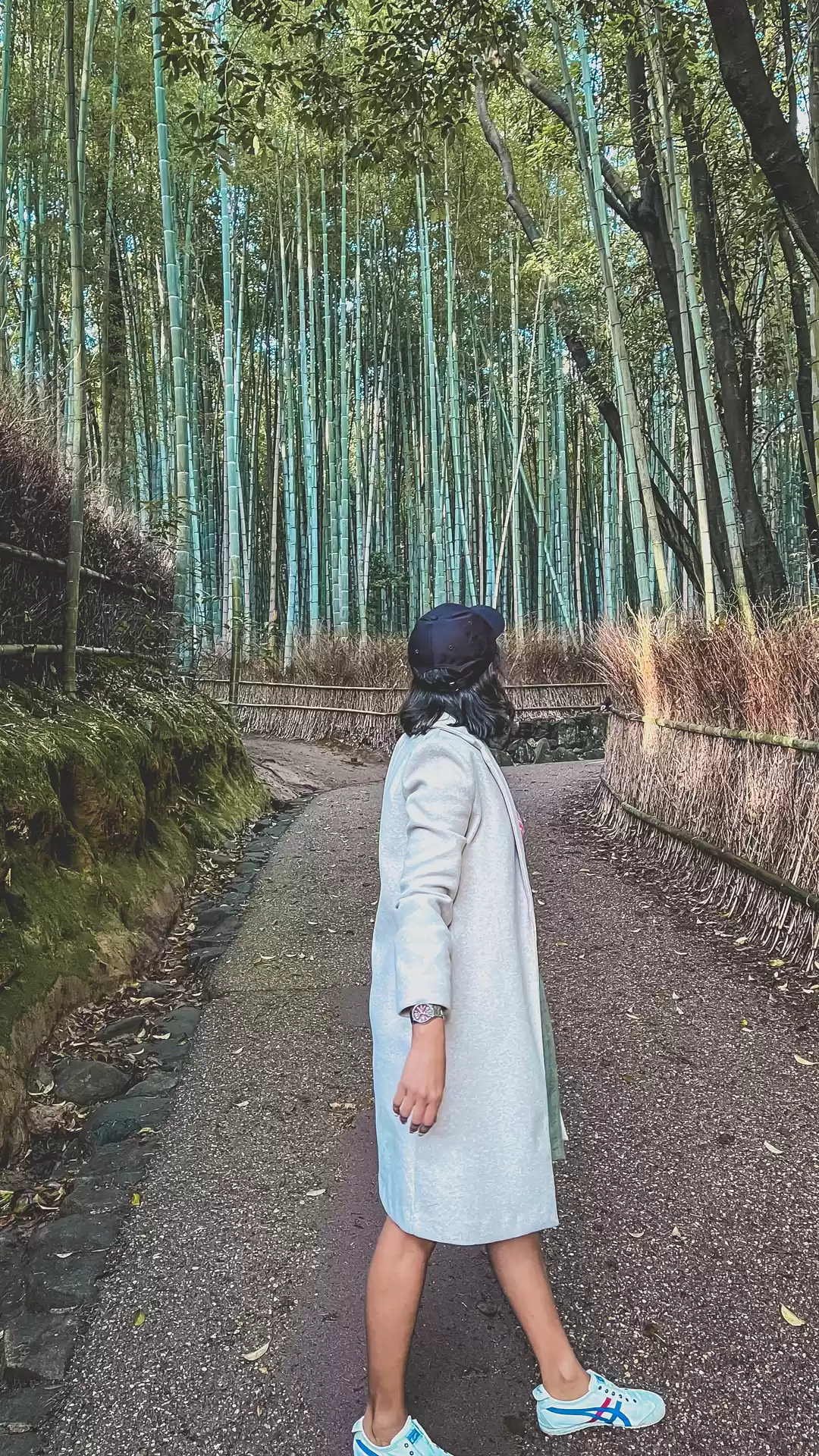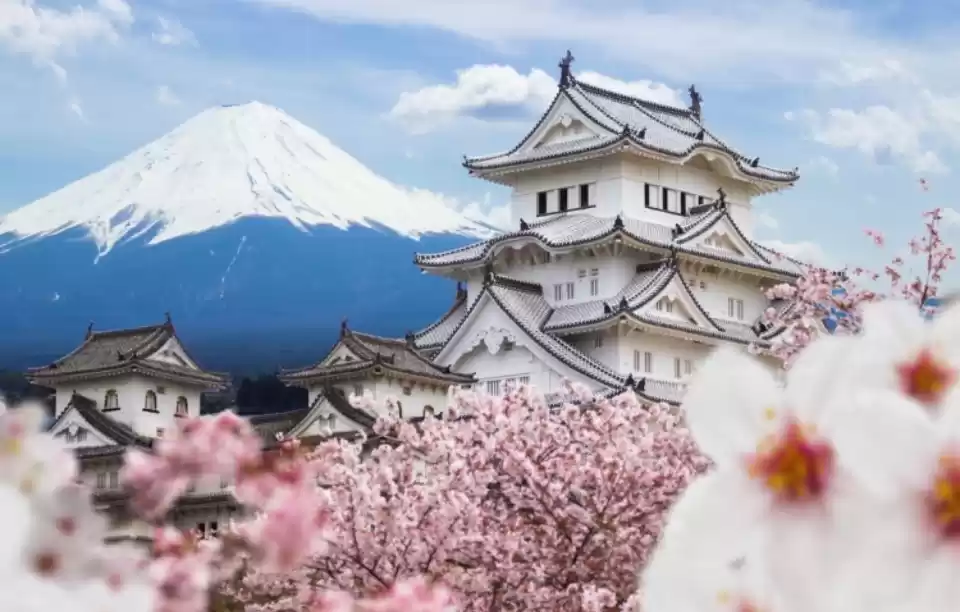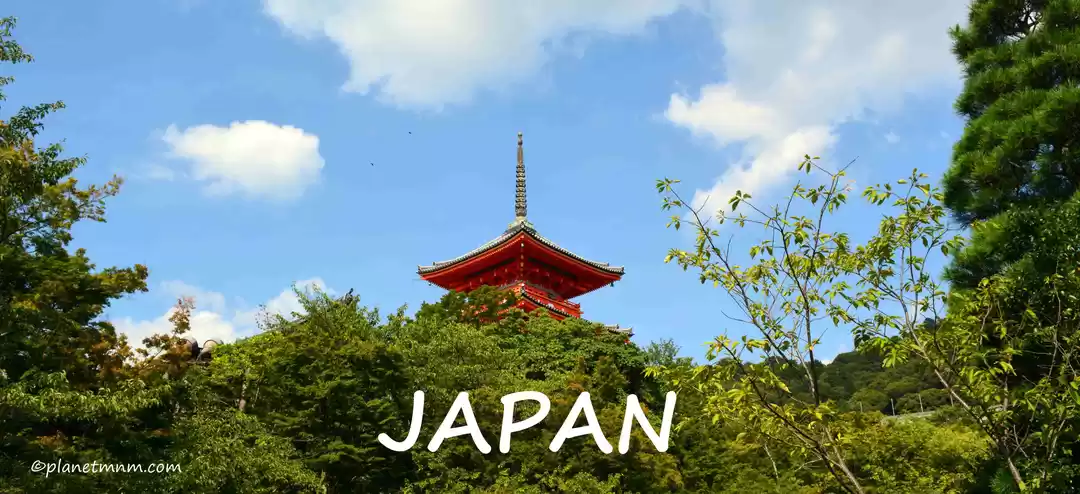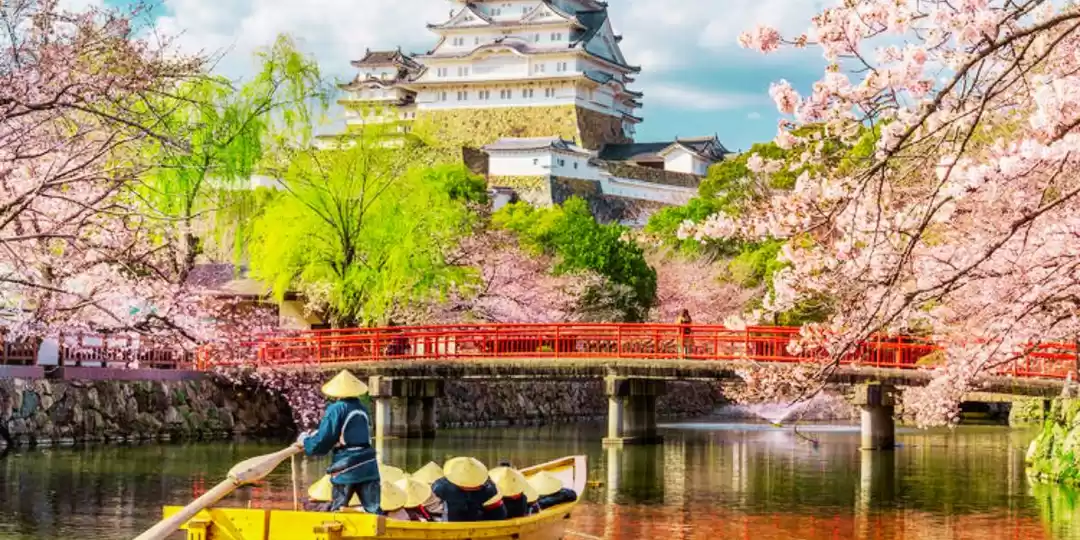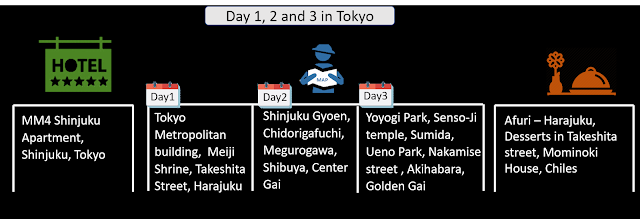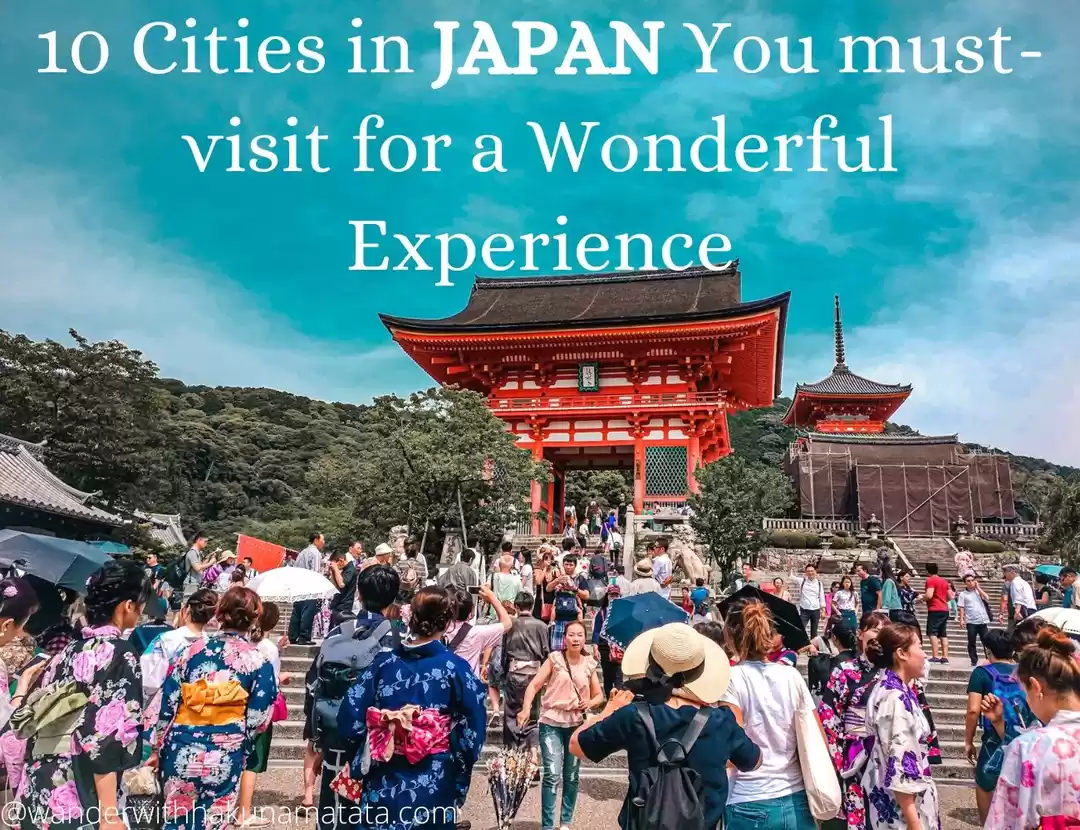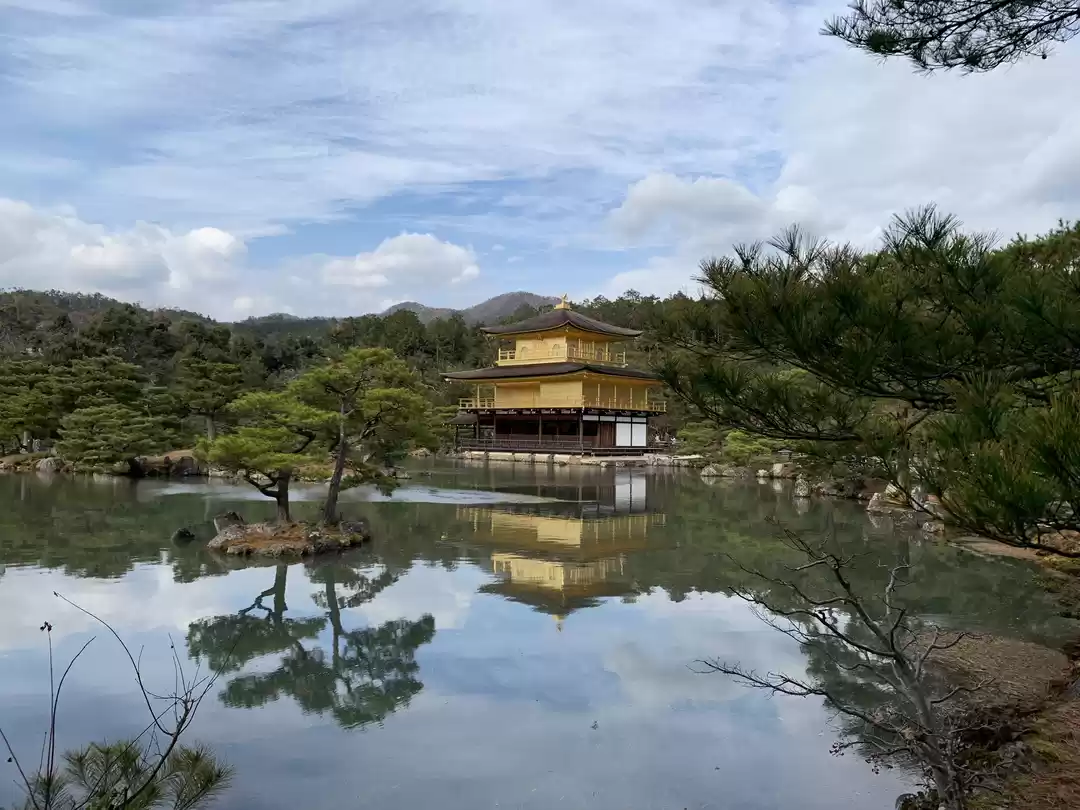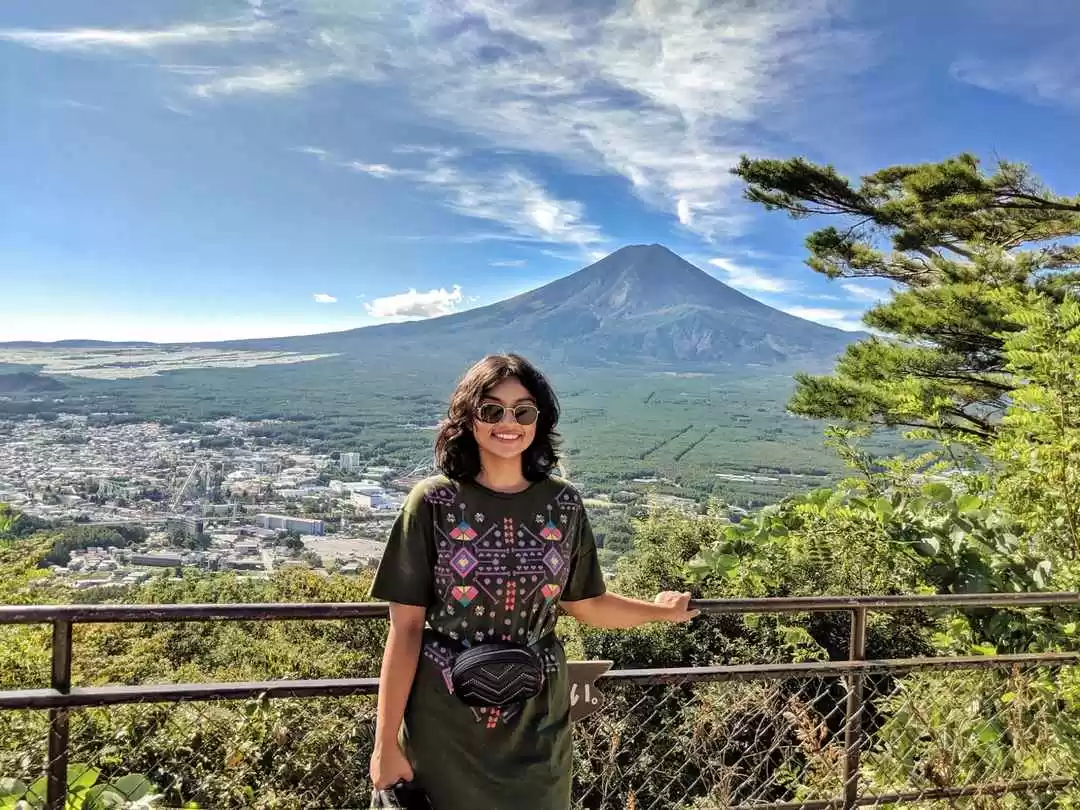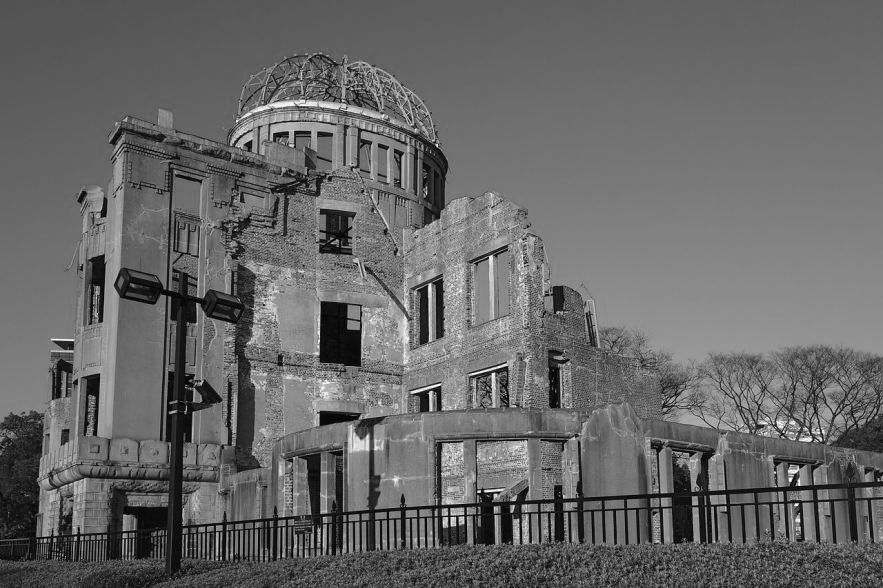
To most of the people around the world, the port city of Hiroshima will forever be associated with the tragic events of August 6th, 1945, when the atomic bomb was dropped. But when I visited the city for the first time I learned that its not true. I found it to be a lively and beautiful city that has recovered greatly from its scarred past. The city is a reminder of a horrific past, but also bright and hopeful future.
You should definitely plan, at least for a day to visit this beautiful city.
A day trip to Hiroshima is very easy from Kyoto. There are several Shinkansen lines between Kyoto and Hiroshima. A journey in bullet trains cuts the travel time by half.
A short history of Hiroshima atom bomb:
On August 6, 1945, the Enola Gay dropped the first of two atomic bombs over Japan. The atomic bomb was exploded 600 meters in the air over Hiroshima. The blast and the heat wave reached the city almost instantly, leaving only few well-constructed buildings intact. At the
After the bombing, buildings in Hiroshima were dismantled as part of the rebuilding process. The Atomic Bomb Dome, known before the bombing of Hiroshima as the Hiroshima Prefectural Industrial Promotion Hall was
* Atomic Bomb Dome
The Atomic Bomb Dome became a symbol of the bombing of Hiroshima and it was left in place. The Atomic Bomb Dome sits behind a fence and is surrounded by trees. Other than seeing this building, I never would have imagined the level of destruction that existed here seventy years ago.


* Hiroshima Hypocenter
The

On the way from Hypocenter to the Atomic Bomb Dome, there is a bridge over the Ota River.
* Children's Peace Monument
The Children’s Peace Monument is a monument that stands in memory of all of the thousands of children who were killed by the blast. It is topped with a figure of Sasaki Sadako, a young girl who died of radiation poisoning in 1955.

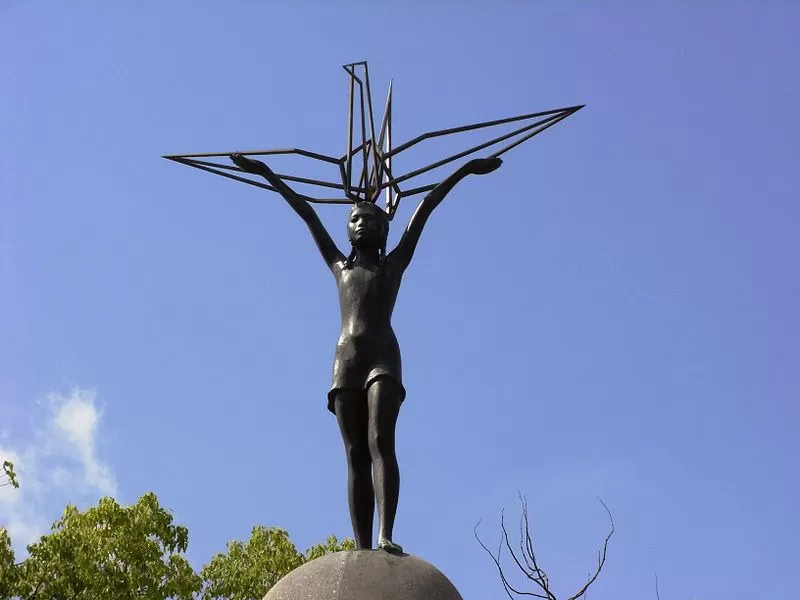

Next, to the list of sites, there is the Cenotaph. The Cenotaph frames an eternal flame, and it is said that this flame will
* Hiroshima Museum
The museum has some of the best of the exhibits, which gives a fascinating and somewhat disturbing look into the destruction that occurred with the bombing of Hiroshima. I learned about the impact the bombing had on the city of Hiroshima and its people.
There are statues of women and children walking through the rubble, their skin literally hanging from their arms which is the result of radiation sickness and the effects it has on the human body. It was terrifying!

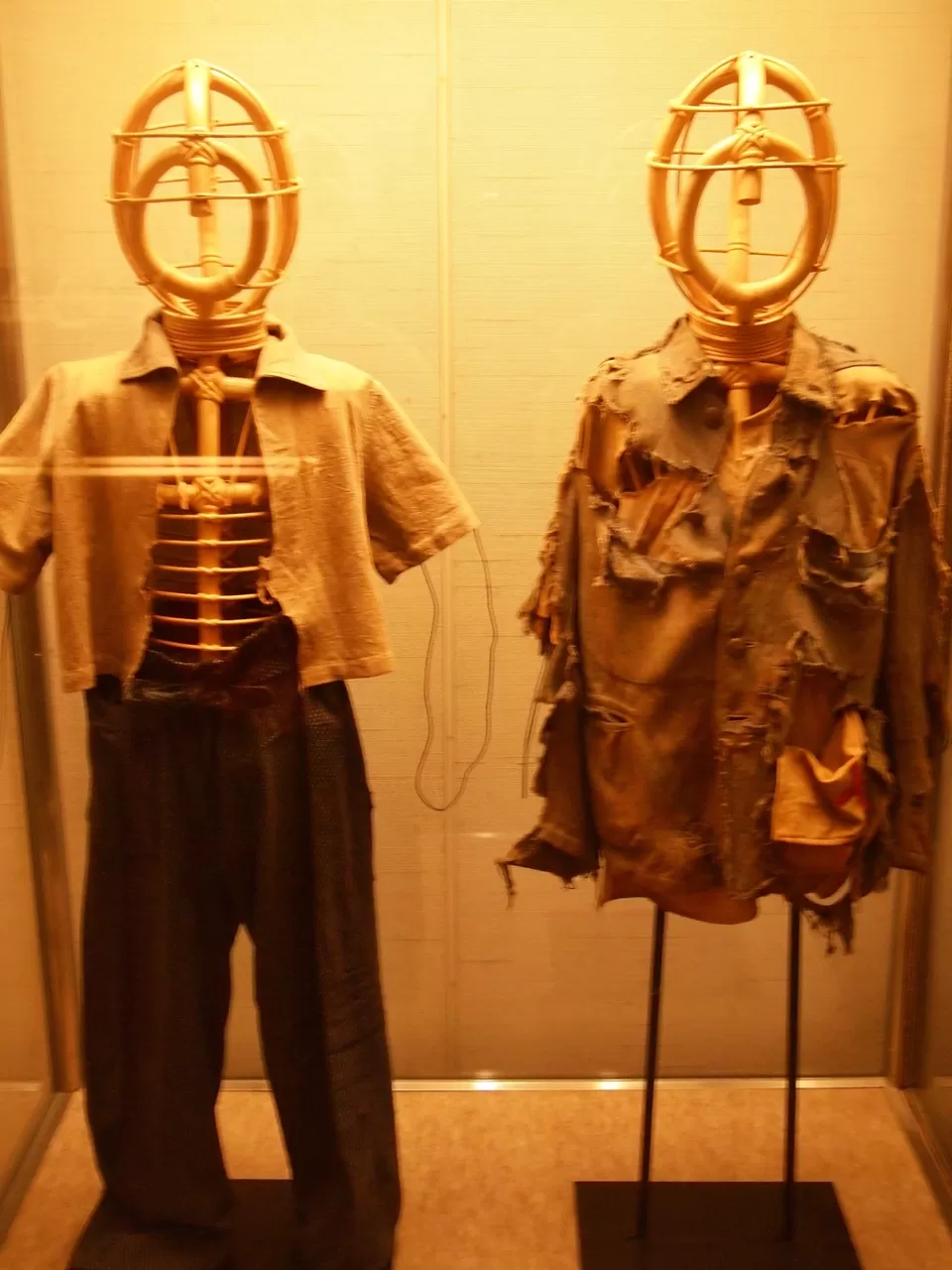


None of them is very good. As I walked down the museum I learned more about the effects of radiation on the human body. Children born in the months after the bombing usually had some sort of birth defect. There were even deformed body parts preserved in jars, on display.
It was so morbid and depressing seeing after bomb effects on people.
Miyajima is an island just outside of Hiroshima. It is a Unesco World Heritage Site, and one of the Japans most visited tourist attractions. It is famous for its red shine Torii gate, which rises out of the water.
Take the ferry to reach the island, as it’s far more scenic than the train!

When you are on the island you will see a lot of tame deer all over the place. They roam the streets following people so please be nice with them :)

There are several temples, pavilions and pagodas on the island, one is even located on a hill to which one can walk or take a ropeway half way up. Unfortunately, I did not have time to do this hike.


I had a very good time on the Miyajima Island and enjoyed wandering the streets and parks among the cheeky deer. But of course, the highlight was the floating gate which was pretty cool.
Note: For all the hikers out there
You can do the hike up to Miyajima's highest Mountain Misen (530 m, 4 hour hike) where there are a temple and a flame that has been burning for 1200 years.
I enjoyed my time here and I hope you will enjoy it too :)
Keep Exploring :)




